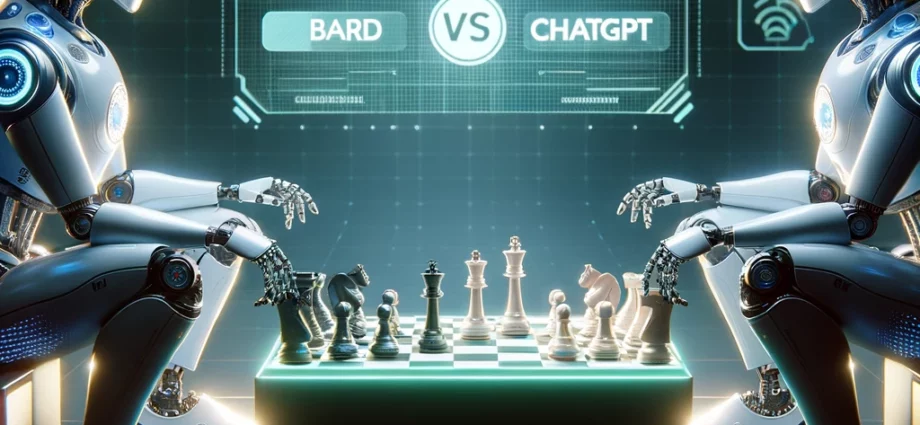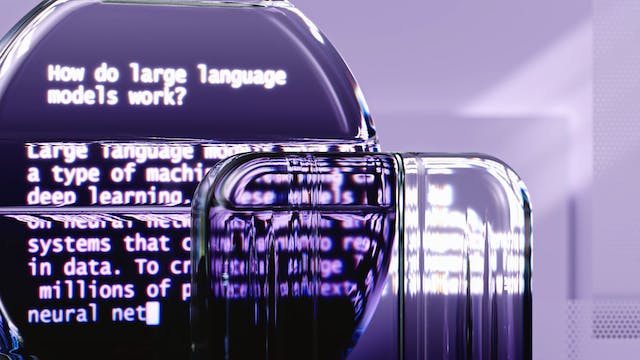Key Points:
- Release of Gemini: Google’s most powerful AI model, Gemini, integrated into its chatbot Bard, competing with OpenAI’s ChatGPT.
- Comparative Testing: Testing focused on accuracy, speed, and overall helpfulness between ChatGPT Plus (GPT-4) and Gemini Pro.
- Differences and Limitations: Notable differences in features, pricing, and limitations of Bard and ChatGPT.
- Practical Tests: Evaluation included various prompts like recipe generation, information queries, and image creation.
In the world of AI chatbots, the recent announcement from Google about the release of Gemini, integrated into its Bard chatbot, has stirred up the competitive landscape, challenging OpenAI’s ChatGPT. Both ChatGPT Plus and Gemini Pro, derived from these advancements, promise enhanced performance and up-to-date information processing capabilities. This comparative analysis puts these two leading chatbots – Bard, powered by Gemini Pro, and ChatGPT Plus, powered by GPT-4 – to the test, examining their accuracy, speed, and overall helpfulness.
Despite their similarities, Bard and ChatGPT have their distinctions. Bard, being free, contrasts with ChatGPT Plus’s $20 monthly fee. However, Bard lacks ChatGPT’s multimodal capabilities, which allow for responses in varied mediums like photos or videos. An interesting feature exclusive to Bard is the option to view alternative draft answers. Both chatbots undergo rigorous safety and content policy testing, known as red teaming, to prevent harmful or copyrighted responses. During tests, Bard often took longer to respond than ChatGPT, with a noticeable difference in processing speed.
The practical tests involved various prompts like requesting a chocolate cake recipe, seeking information on tea, and asking for interpretations of Shakespeare’s “Sonnet 116”. Bard’s responses, while accurate, often lacked the depth and detail found in ChatGPT’s answers. For instance, when asked for a chocolate cake recipe, Bard’s suggestion appeared to be a slightly altered version of a known blog recipe, whereas ChatGPT’s recipe was more traditional. Similarly, in providing information about tea, Bard offered basic facts with links to articles, whereas ChatGPT presented a comprehensive overview with cultural and historical context.
In tasks like generating images and responding to creative prompts, ChatGPT’s integrated text-to-image capabilities showed a clear advantage. Bard, on the other hand, currently lacks this feature. When asked to draw a picture of a horse in a field, ChatGPT produced a photorealistic image, while Bard could not fulfill the prompt. Similarly, Bard’s limitations were evident in tasks requiring up-to-date information, like comparing the latest smartphones or reporting on recent news events. ChatGPT, in contrast, provided more detailed and current information.
While Bard shows promise with its free access and basic accuracy, it still lags behind ChatGPT in terms of depth, detail, and additional features like image generation. The slower response time of Bard could be a minor setback for some users. Nonetheless, for those seeking a no-cost AI chatbot, Bard offers a competent and reliable option.
Source: Google’s ChatGPT competitor Bard is nearly as good — just slower
Keep up to date on the latest AI news and tools by subscribing to our weekly newsletter, or following up on Twitter and Facebook.







